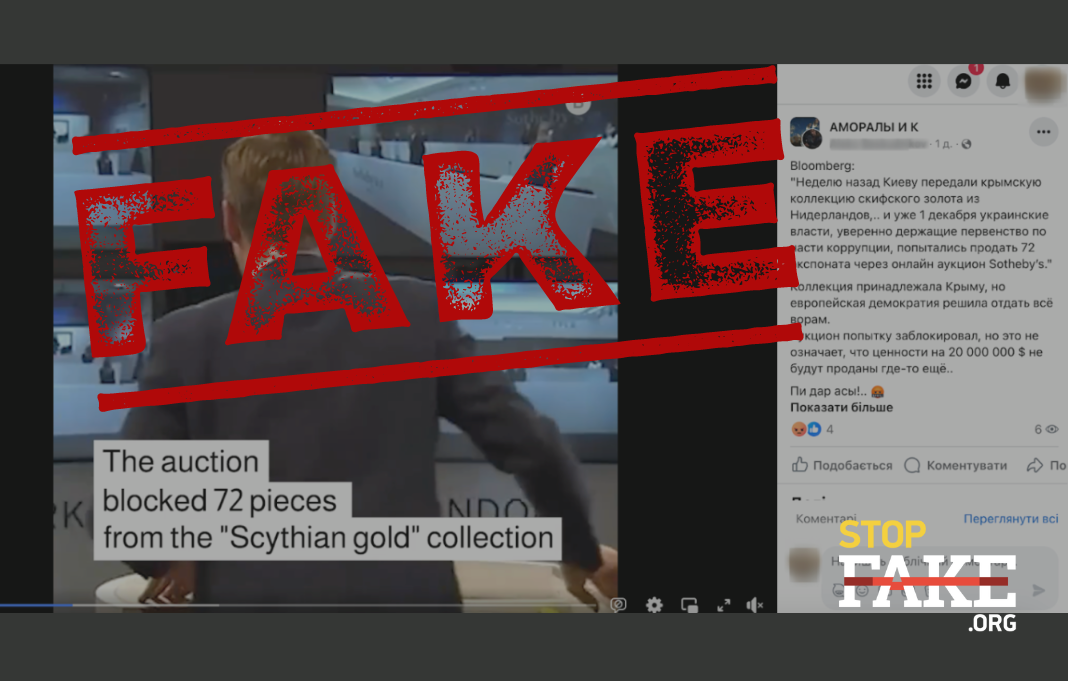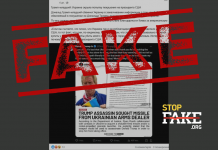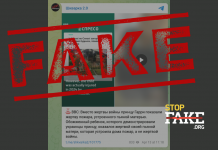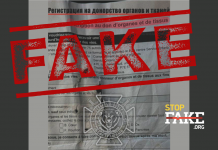This news is fake, and the story of the attempted sale of Scythian gold is made up. Bloomberg did not publish such stories either on its website or in its social media. Currently, the archaeological objects known as Scythian gold from Crimea, returned to Ukraine from the Netherlands, are under close guard at the National Museum of the History of Ukraine.
Some netizens are spreading a video allegedly released by the well-known American media company Bloomberg, which claims that the Ukrainian authorities tried to sell the Crimean collection of Scythian gold, recently received from the Netherlands, – 72 pieces in total – through the online auction Sotheby’s.
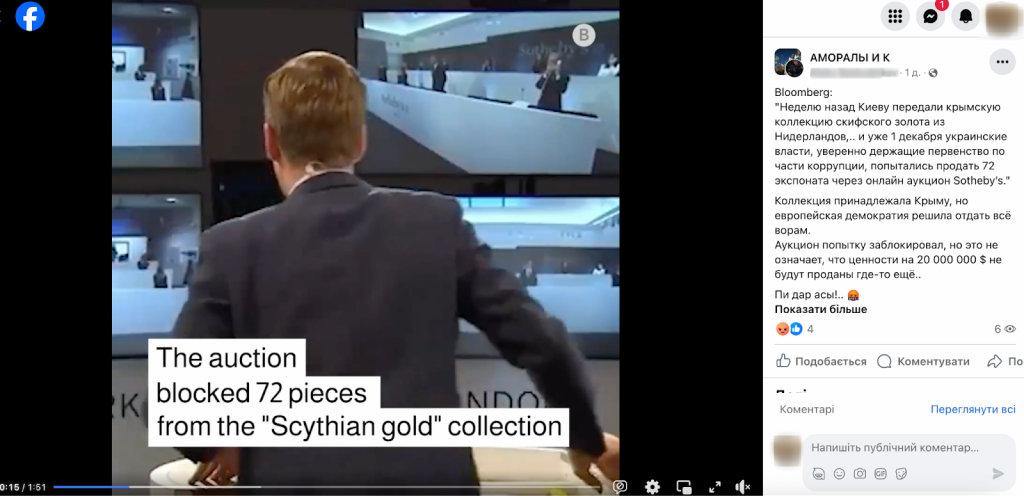
“The auction blocked the attempt, but this does not mean that the $20,000,000 worth of treasures will not be sold elsewhere,” the post says, “The collection belonged to Crimea, but European democracy decided to give everything to thieves.”
In fact, this information is not true. The purpose of this fake is to discredit Ukraine and Ukrainians in the eyes of the international community.
The video imitates the design of Bloomberg news agency videos. In particular, the company’s logo can be seen in the upper right corner of the video. However, neither the official website nor Bloomberg’s social media have such a video.
Although the attackers use the media company’s logo, incorrect video design (font and lettering) suggests that it is a fake. It should also be noted that most of Bloomberg’s videos are published without a logo. Those videos that do have a logo were first shown on Bloomberg TV, after which some of these videos are posted on the agency’s social media.
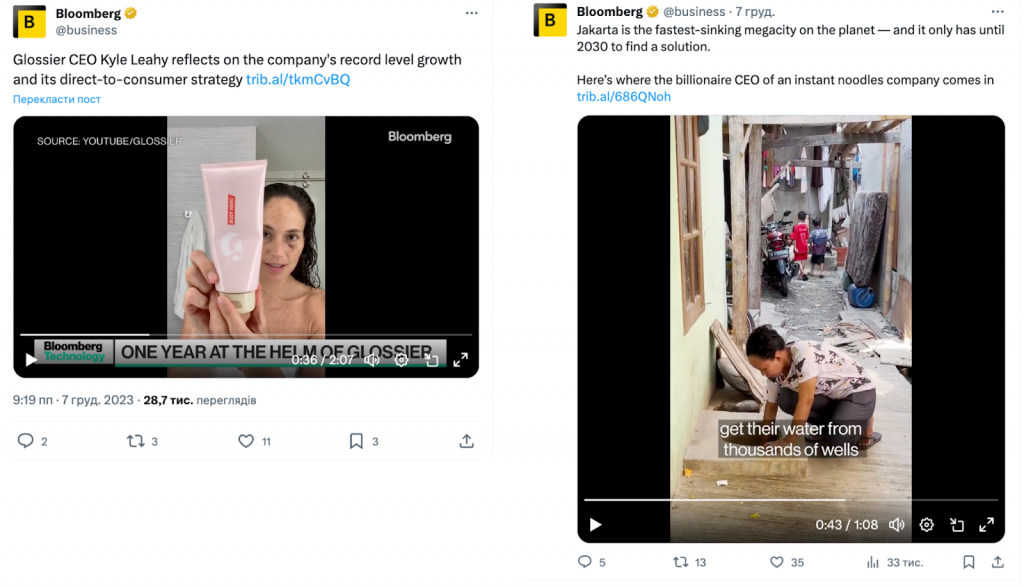
In addition, Bloomberg journalists, when using publicly available media content in their videos, are required to indicate the original source (as seen in the first screenshot above), which is not the case in the video being shared online. This video is a compilation of publicly available photos and videos. In particular, to create this video, propagandists used several videos published by Sotheby’s, as well as an excerpt from an interview with Ukrainian politician Hennadiy Korban.
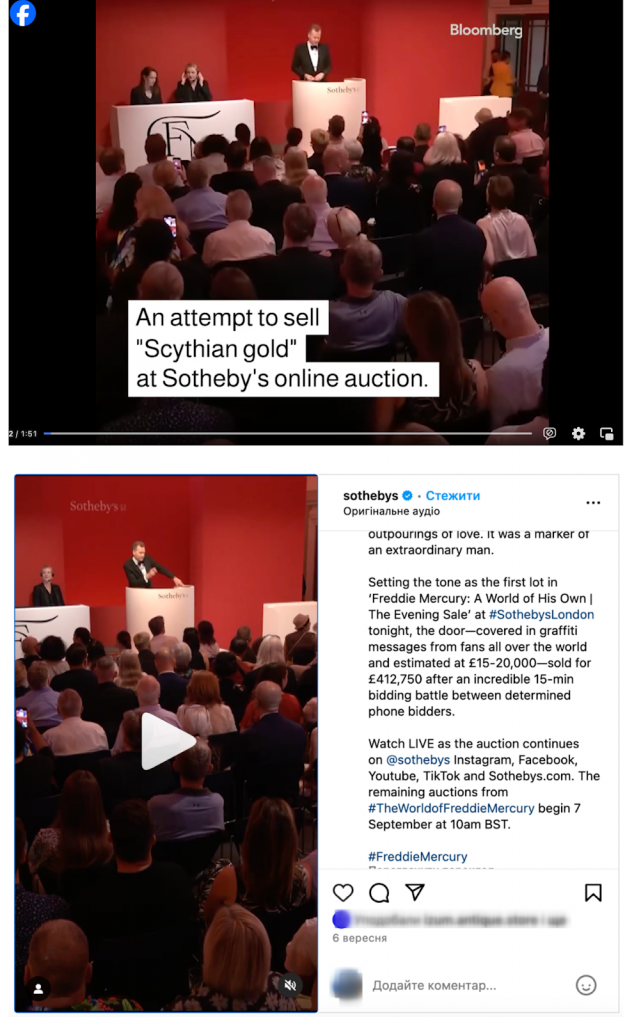
The idea of selling the artwork through a Sotheby’s auction is ridiculous. The fact is that Scythian gold belongs to the Museum Fund of Ukraine and is under state protection. The exhibition “Crimea. The Golden Island in the Black Sea”, which was exhibited on the eve of the annexation of Crimea at the Allard Pierson Museum, included 584 exhibits from five Ukrainian museums. After the Supreme Court of the Netherlands confirmed the decision to return gold artifacts from Crimea to Ukraine, the works of art were delivered to the National Museum of History of Ukraine, where they are now.
“During the legal disputes, our museum was appointed as a place of storage for the collections of Crimean museums. This means that the museum will make every effort to preserve them and to ensure that citizens and guests of Ukraine can see them. At the same time, since the collection has gained international political resonance, its condition and future fate will now be under the world’s scrutiny. This, in turn, places responsibility on all those behind the political decision to return the collection to Ukraine, which is at war. They must provide it with unprecedented protection, as well as appropriate economic support to the National Museum of the History of Ukraine,” said Fedir Androshchuk, Director General of the museum.
It is also important to note that each lot is thoroughly checked by Sotheby’s lawyers and art historians before being put up for sale. All these measures make it virtually impossible to illegally sell the Scythian gold returned to Ukraine.
Previously, StopFake have repeatedly refuted various fakes that the Kremlin’s propaganda spread during the trial on the return of Crimean artifacts to Ukraine: Fake: Only Russia Can Preserve Scythian Gold, Ukraine Will Plunder Collection, Fake: Ukraine Wins the Scythian Gold Case Due to Nazism and Occultism in Europe and Scythian Gold must Return to Ukraine, Dutch Court Rules. Russian Media Explodes in Indignation.


